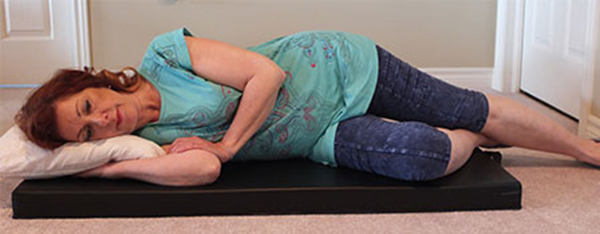Posture & Resting Positions
Good posture refers to the position of the body which causes the least amount of stress and strain on the joints and muscles supporting the spinal column.
When joints are better aligned, soft tissue pain is often reduced and muscles can be used in a more energy efficient way.
The spinal column (the vertebral column) looks like an ‘S’ curve when viewed from the side.
It curves inwards at the neck- creating a lordosis in the cervical spine.
Then outwards in the thoracic (dorsal or upper spine) creating a converse curve.
And then it curves inwards again in the low back creating another lordosis in the lumbar spine.

The brain and spinal cord are housed within the bony framework of the skull and the vertebral (spinal) column. There are 7 vertebrae in the neck (cervical spine), 12 in the back (dorsal or thoracic) and 5 in the lumbar or low back region. Movement can occur between each of these segments.
The sacrum is comprised of bony segments that have fused together ending with the tailbone or coccyx.
Spinal nerves are extensions of the spinal cord, exiting through spinal or facet joints to innervate muscles throughout our body. Problems arise when there is not enough space for the spinal nerves to exit causing ‘nerve and joint pain’.

Good posture means that we are using our body, as best we can, in this neutral S -curve position.
Getting into a comfortable position – even if it means modifying or adjusting our position/ posture (using pillows, towels, wedges etc.) will allow us to use muscles more efficiently.
They can be considered the starting position for your exercises.
STANDING

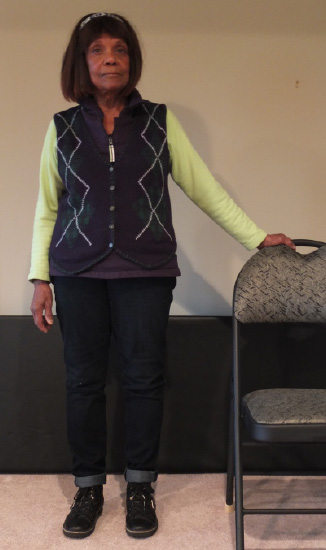
SITTING
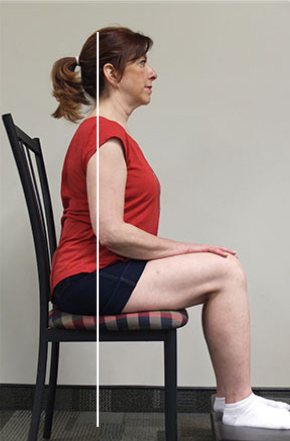
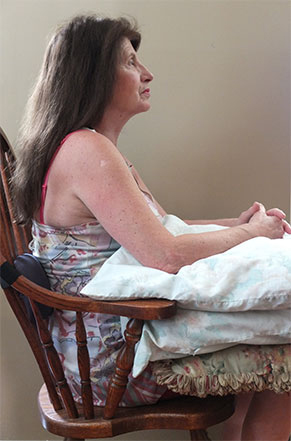

LYING ON YOUR BACK (SUPINE)



LYING ON YOUR STOMACH (SUPINE)
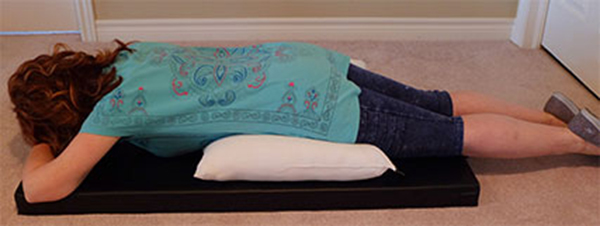
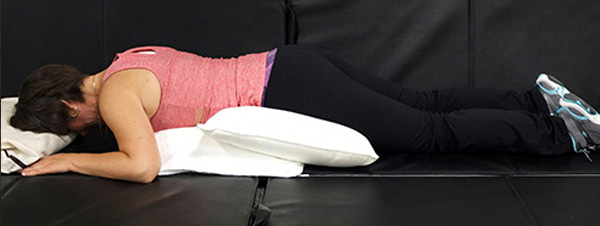

LYING ON YOUR SIDE
